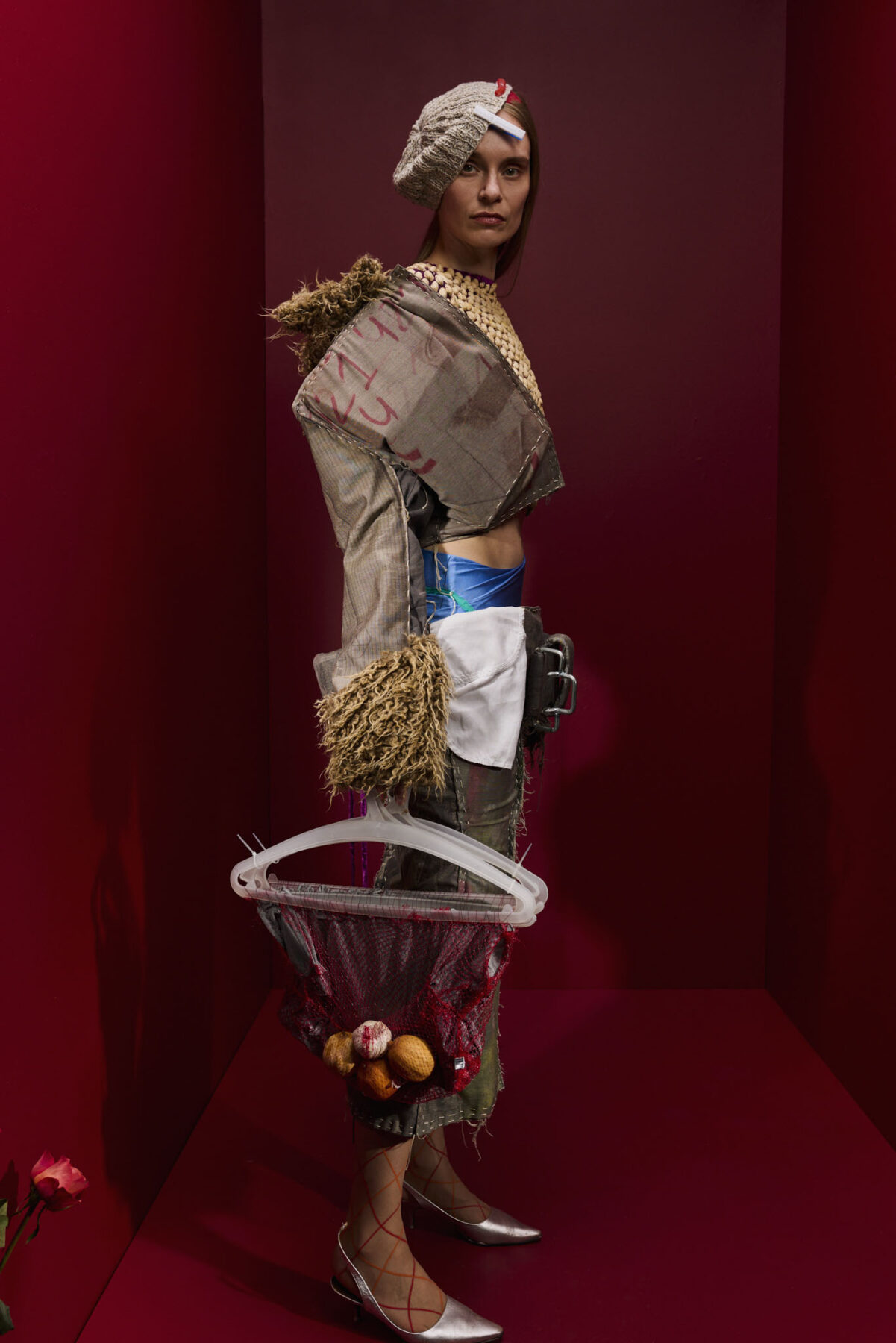Ruusa Vuori
(ba)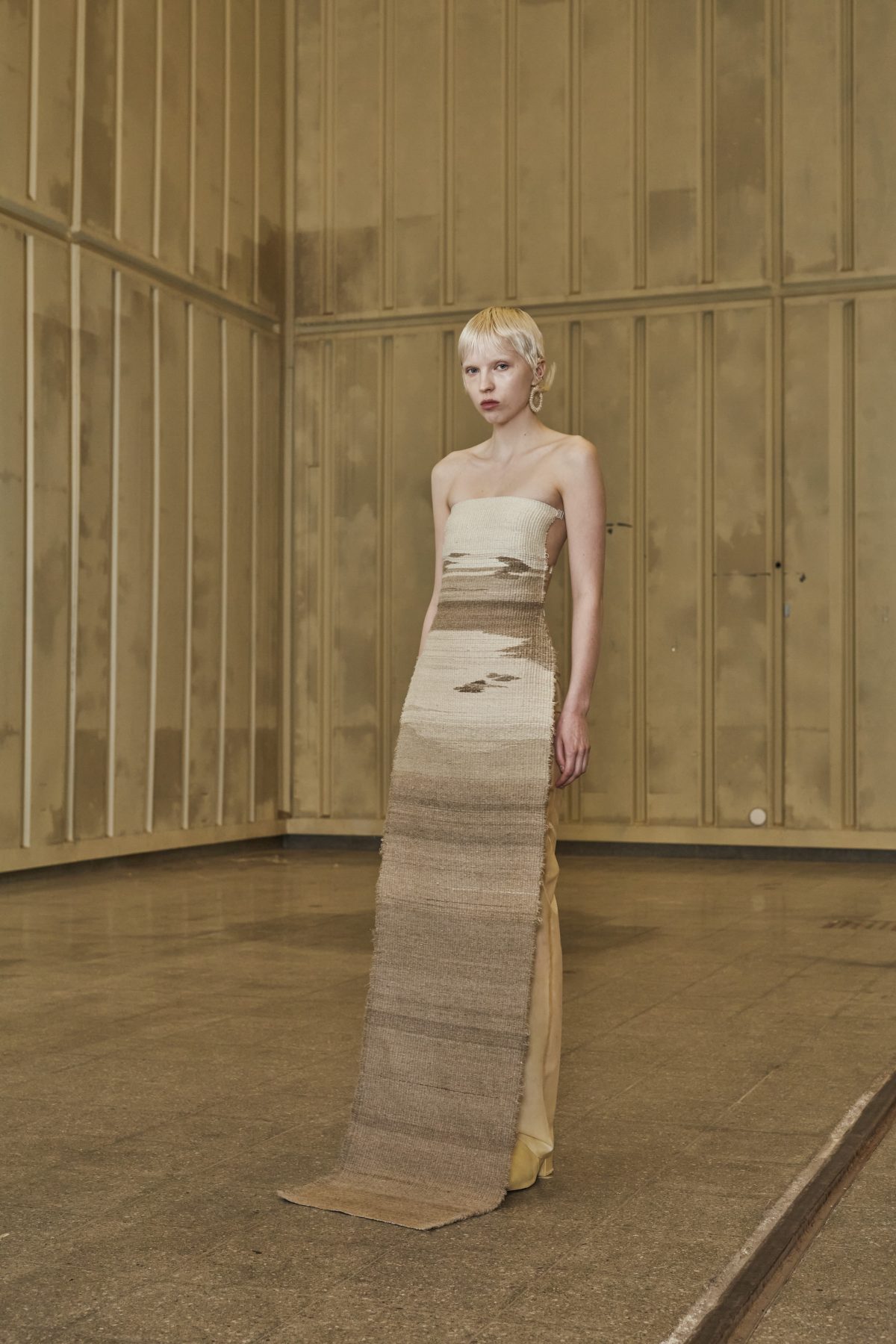 RV_01
RV_01

Ruusa Vuori BA3 Graduate collection Photographer: Sofia Okkonen Model: Katariina
RV_01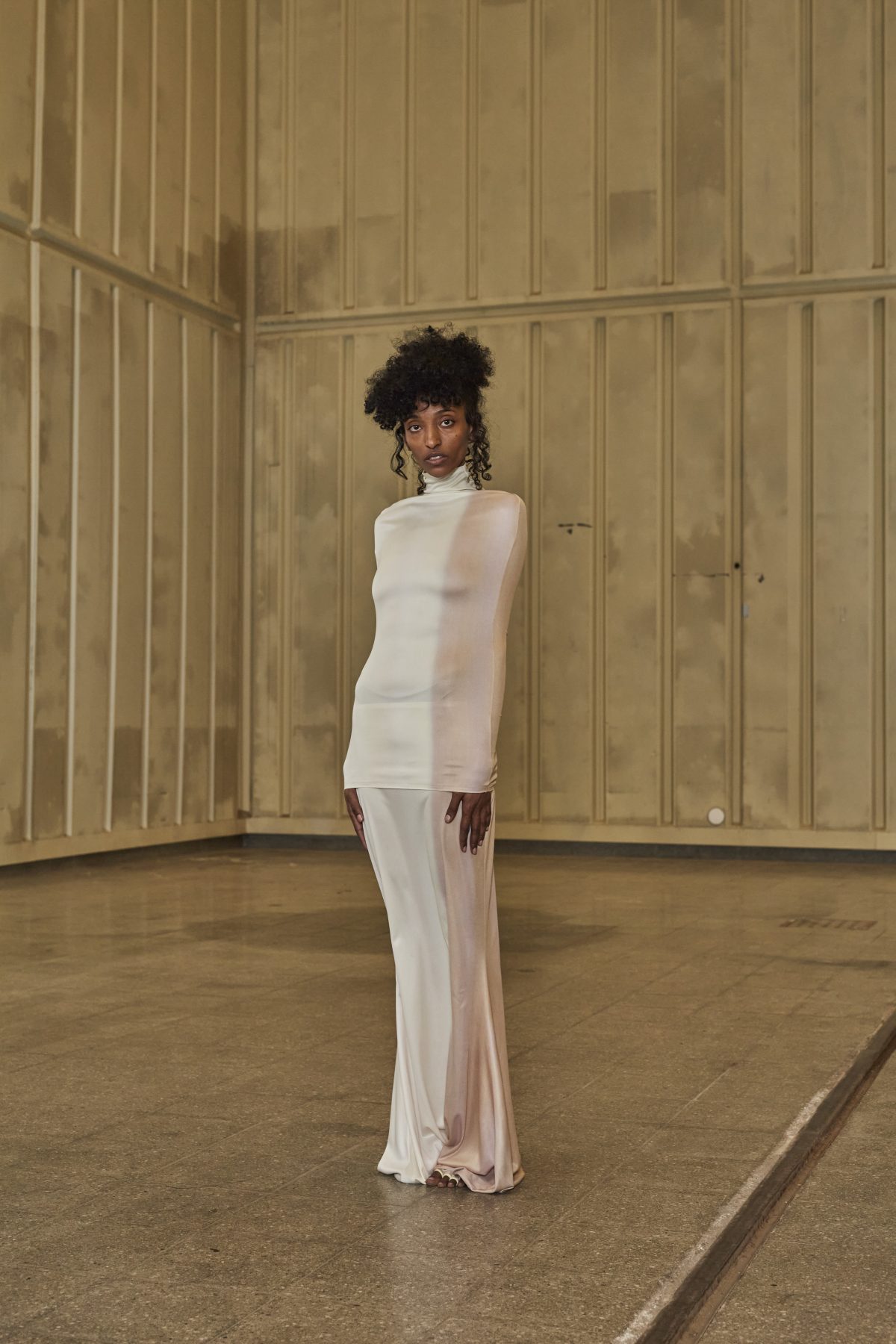 RV_02
RV_02

Ruusa Vuori BA3 Graduate collection Photographer: Sofia Okkonen Model: Erina
RV_02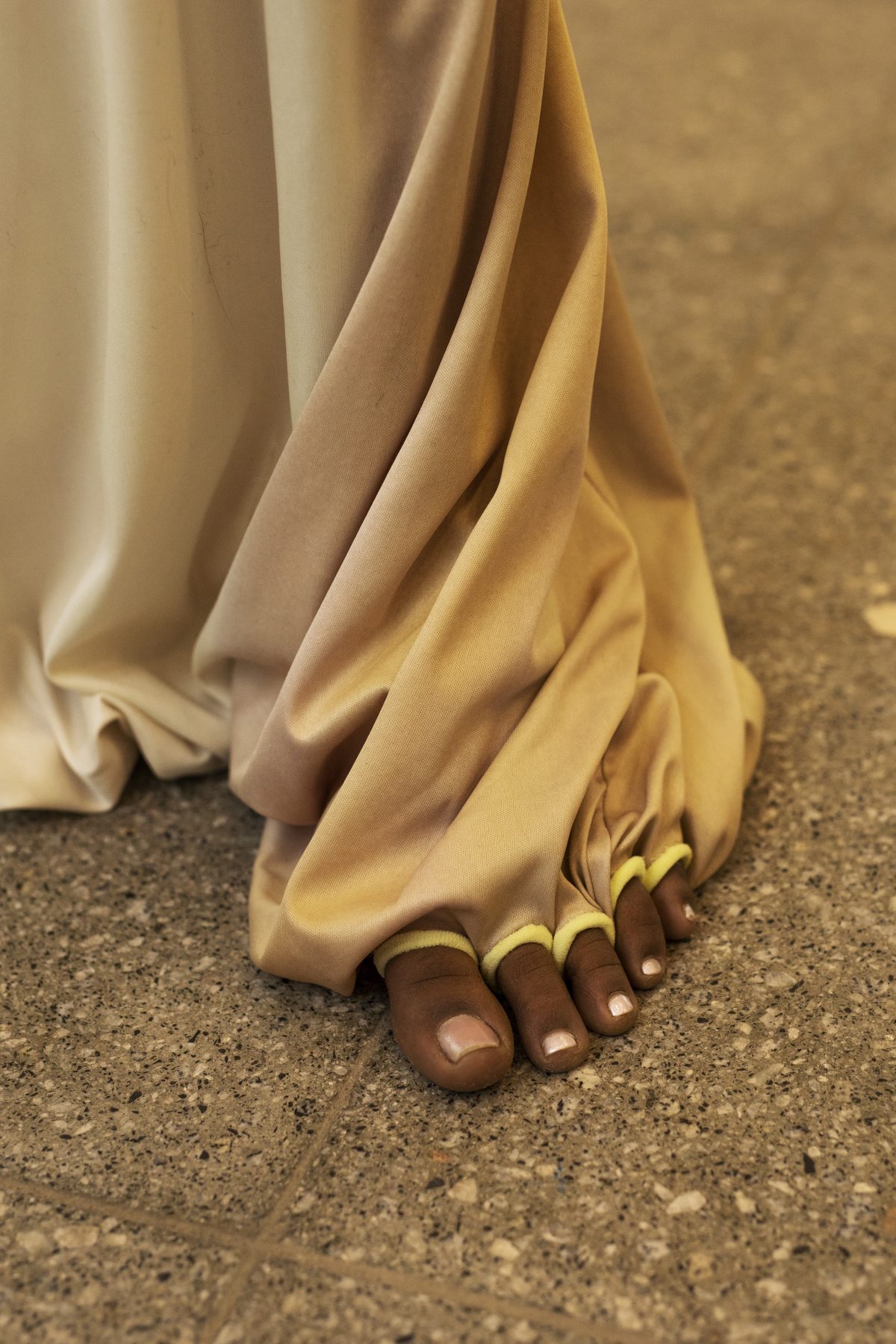 RV_03
RV_03

Ruusa Vuori BA3 Graduate collection Photographer: Sofia Okkonen Model: Erina
RV_03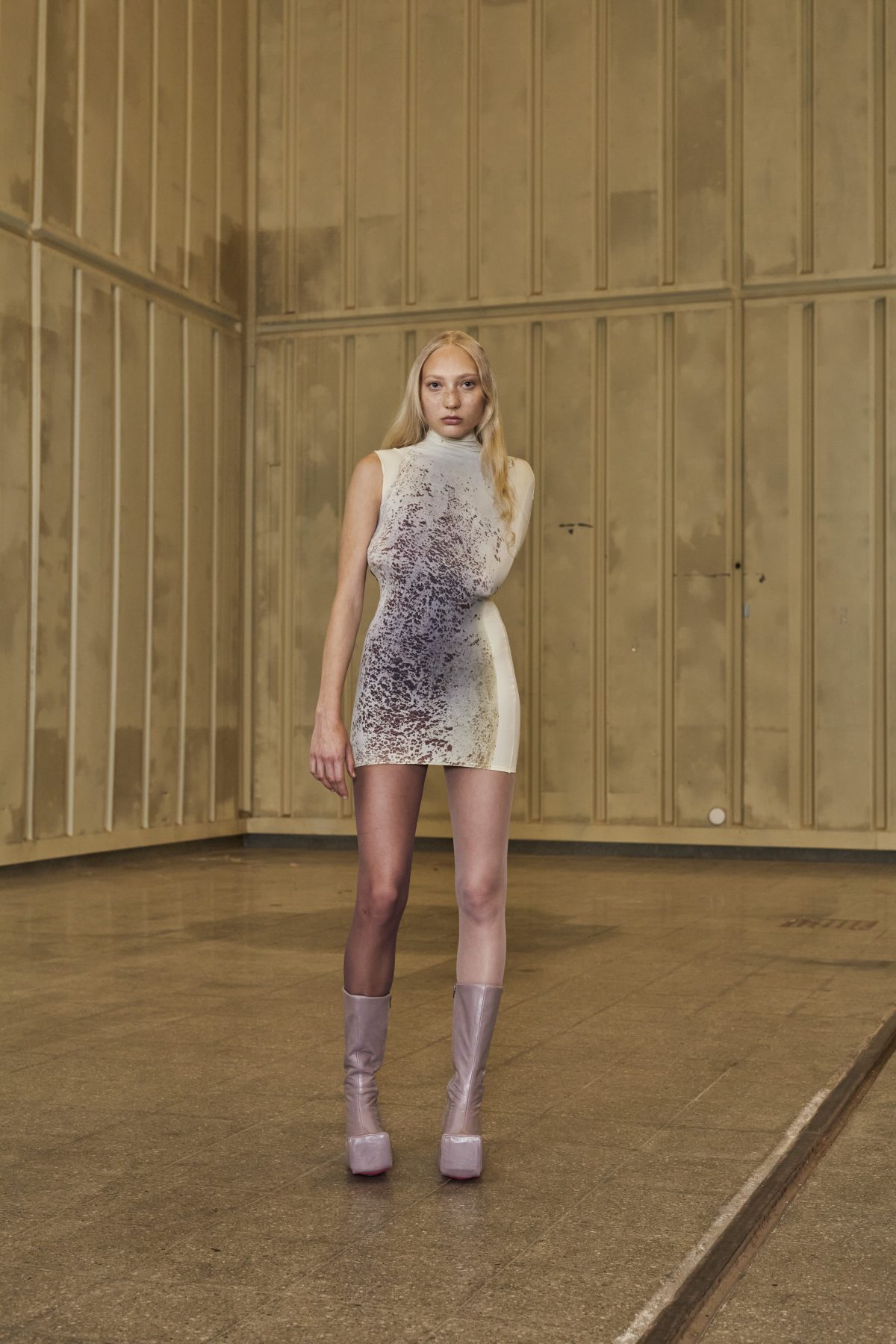 RV_04
RV_04

Ruusa Vuori BA3 Graduate collection Photographer: Sofia Okkonen Model: Stefania
RV_04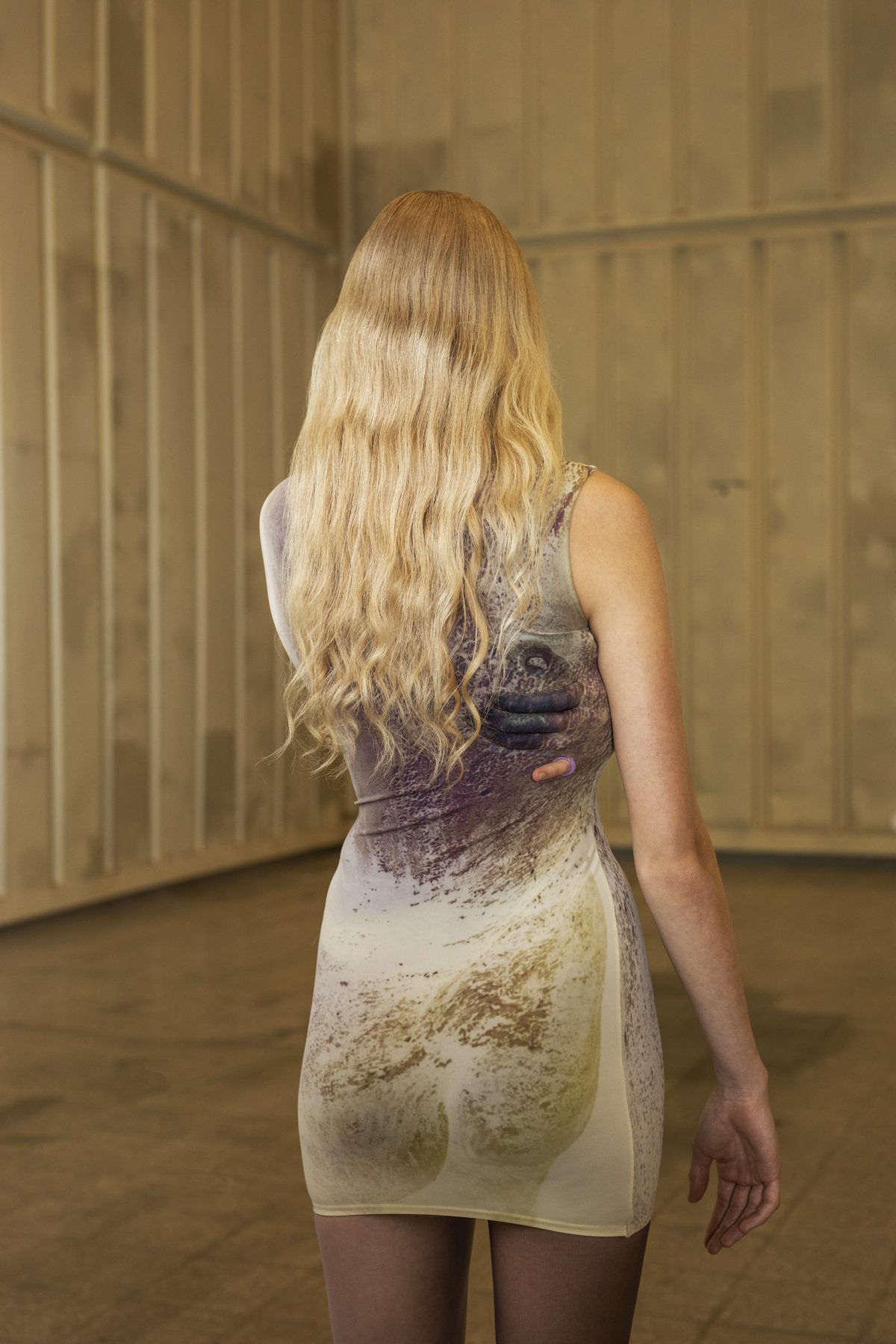 RV_05
RV_05

Ruusa Vuori BA3 Graduate collection Photographer: Sofia Okkonen Model: Stefania
RV_05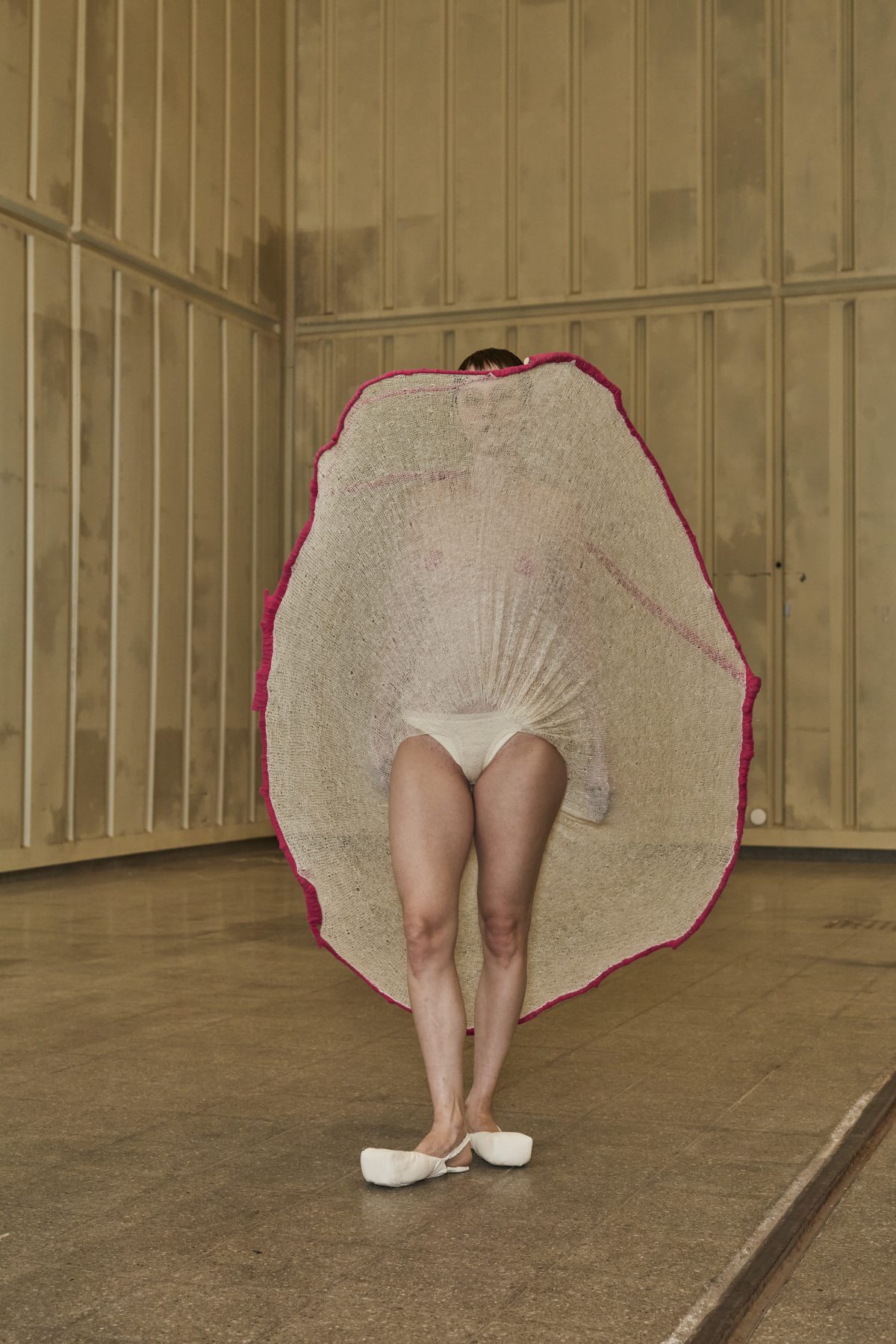 RV_06
RV_06

Ruusa Vuori BA3 Graduate collection Photographer: Sofia Okkonen Model: Maya
RV_06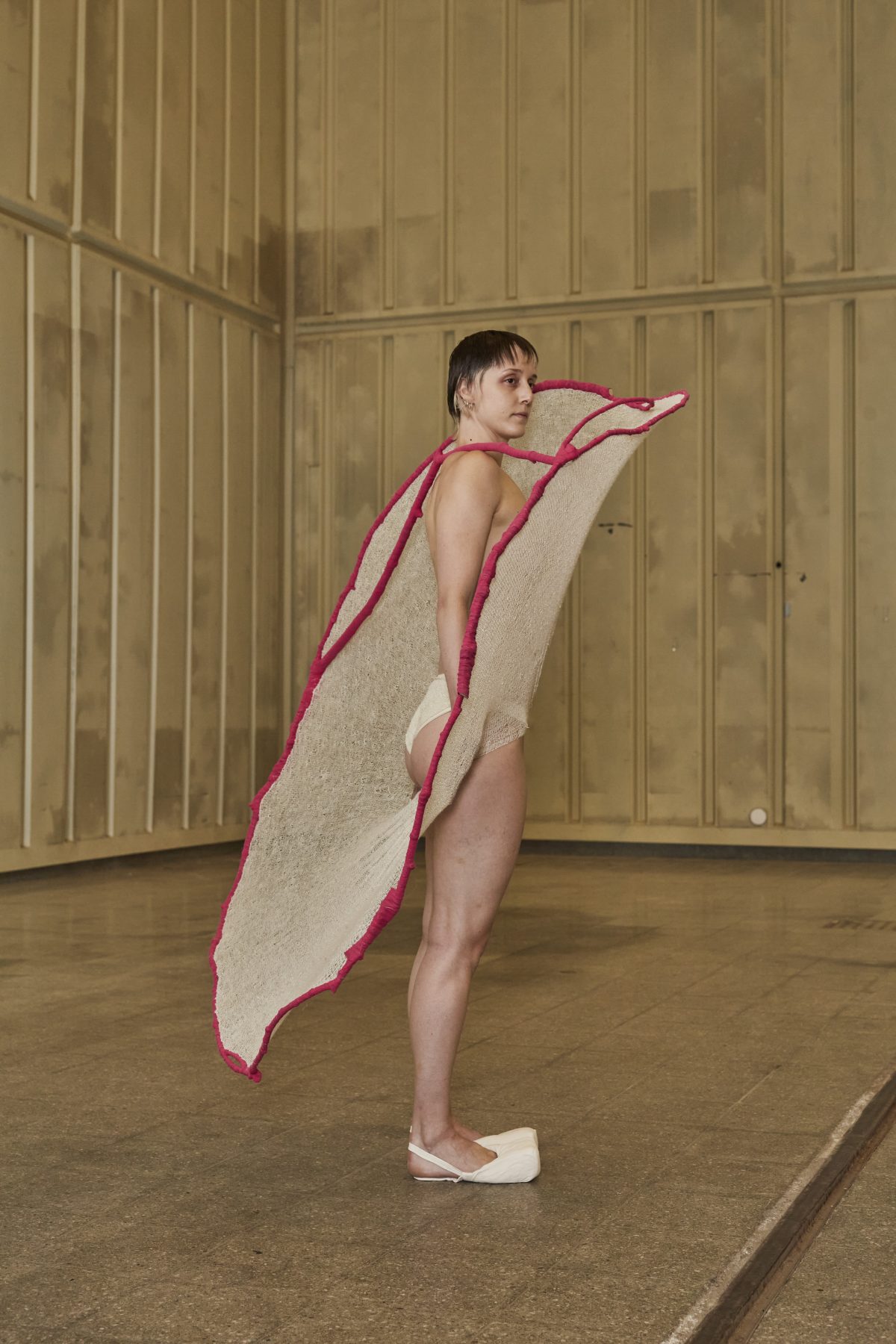 RV_07
RV_07

Ruusa Vuori BA3 Graduate collection Photographer: Sofia Okkonen Model: Maya
RV_07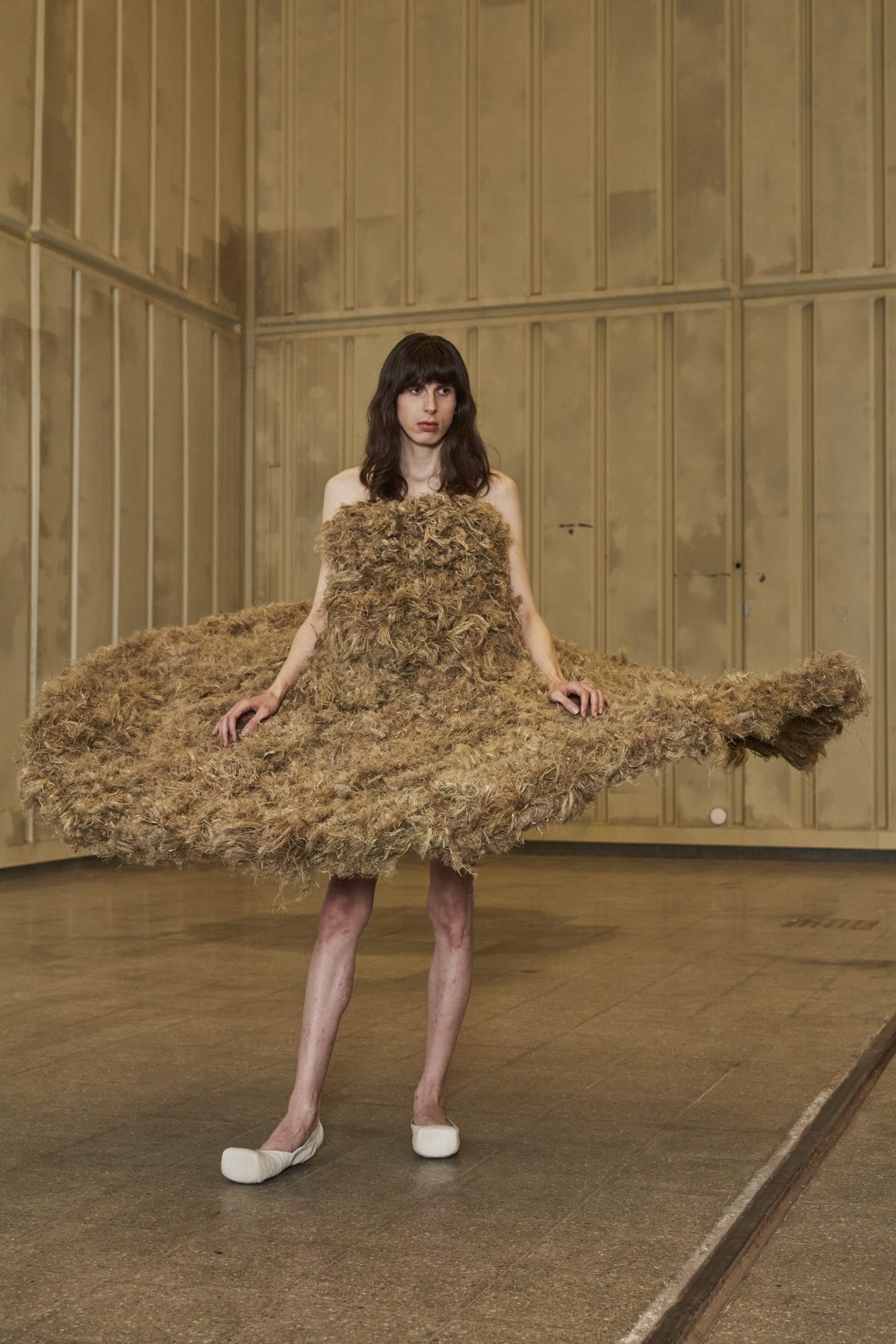 RV_08
RV_08

Ruusa Vuori BA3 Graduate collection Photographer: Sofia Okkonen Model: Kenan
RV_08In her collection, Ruusa Vuori explores the field of embodied knowledge and breaking away from the physical outlines of the body, liberation from the self, as well as the perception of personal space. Borders and crossings are essential: different surfaces, membranes, openings, holes, as well as pushing through them.
The work emphasizes sensory aspects and the sensitivity to embodied experience developed through Vuori’s background in dancing. How it feels like to be in the garment, how it senses on the skin, how it moves and how one moves in it.
Clothing can expand or reduce the personal space of the one who wears it, form a shell or invite in, open or close, draw boundaries or break them.
– I think a piece of garment is a gesture that evokes sensory experience. My work has developed by experimenting, in a process where one’s body is the subject. I have tried to listen, to analyze, and to illustrate the information the body-subject has internalized and present it in a wearable form.
Contradictory materials and processing them by hand have been an essential part of Vuori’s working method.
The fragile linen threads planted, grown, lured and spun by her great-grandmother are linked to the designer’s own bodily experience.
– The hypnotic rhythm of the handwork and bodily movements while weaving, knitting, cutting and sewing have deepened my relationship with both inherited and newly acquired materials. The working process has itself been most multi-sensory and border-crossing in several ways – as I wish the collection would be.”
